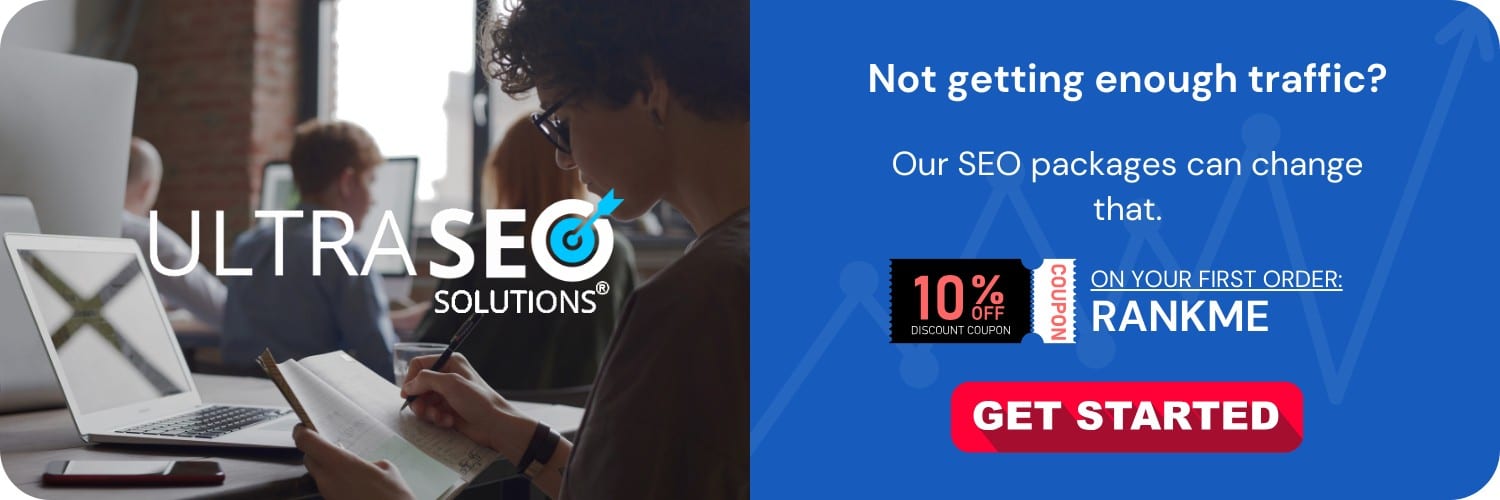
Optimizing a fitness app for search engines involves a range of practices that ensure your app is found by users looking for fitness-related tools. These best practices revolve around understanding your target audience, using the right keywords, providing valuable content, ensuring a seamless user experience, leveraging app store optimization techniques, and always staying updated with the latest SEO trends.
Understanding Your Audience
Defining Your Target Users
To tailor your SEO strategy effectively, you need to have a deep understanding of who your users are and what they want from a fitness app. Conduct market research and use analytics tools to gather data about their demographics, fitness levels, and the type of content they engage with.
Aligning Your Content with User Intent
With user data in hand, you can craft content that aligns with what your audience is searching for. For instance, if your target audience is interested in yoga, tailor your app’s content and features to include yoga-related workouts and articles.
Keyword Strategy
Researching the Right Keywords
Keywords are pivotal in connecting users to your app. Use keyword research tools to find the terms and phrases that people are using to search for fitness apps. Aim for a mix of short-tail and long-tail keywords that reflect user intent.
Incorporating Keywords into App Content
Once you’ve identified your target keywords, incorporate them into your app’s title, description, and in-app content. Remember to use them naturally to avoid keyword stuffing, which can negatively impact your SEO efforts.
Quality Content Creation
Providing Helpful Fitness Tips and Articles
Your app should offer more than just training schedules. Create articles, videos, and tips that add value and help users achieve their fitness goals. High-quality content can also be shared across various platforms to increase visibility and drive traffic to your app.
Regular Updates and Fresh Content
Regularly update your app with fresh content to keep users engaged and motivated. New workouts, challenges, and health tips will encourage users to keep coming back and improve your search rankings due to consistently updated content.
User Experience and Technical SEO
Ensuring a Fast and Responsive App
A fast-loading and well-functioning app is crucial for both user retention and SEO. Make sure your app’s design is responsive, so it works well on different devices and screen sizes, and pay attention to load times to reduce bounce rates.
Clean and Clear Navigation
Users should find it easy to navigate your app. A clear, intuitive design helps users find what they’re looking for and can decrease abandonment rates, which, in turn, can have a positive effect on your app’s search rankings.
Mobile-Friendly Design
Since fitness apps are mostly used on mobile devices, a mobile-first approach is essential. Ensure your app is optimized for mobile use, with touch-friendly buttons and easy-to-read text.
App Store Optimization (ASO)
Optimizing App Store Listings
App store optimization is similar to SEO but is focused on ranking higher in the app store search results. Ensure your app’s title, description, and metadata are optimized with relevant keywords. High-quality screenshots and videos can also demonstrate the value of your app to potential users.
Encouraging Positive Reviews
Positive reviews not only boost the credibility of your app but also improve its visibility in the app stores. Encourage satisfied users to leave reviews, and always respond to feedback to show that you value user opinions.
Keeping an Eye on Ratings
Monitor your app’s rating regularly. Apps with higher ratings tend to rank better in search results within the app stores. Address issues that cause negative ratings promptly to maintain a positive image and high ranking.
Local SEO for Nearby Discovery
Claiming Your Business on Google
If your fitness app is associated with a specific location or gym, make sure to claim and optimize your Google My Business listing. This will help users find your app when searching for local fitness options.
Local Keywords and Content
Incorporate local keywords and create content relevant to fitness enthusiasts in your area. Local SEO can drive nearby users to your app, especially if you offer features like locating nearby fitness classes or events.
Monitoring and Analytics
Tracking Progress with SEO Tools
Use SEO and analytics tools to track your app’s performance in search results. Tools like Google Analytics and App Annie can provide valuable insights into traffic, user behavior, and conversions.
Adapting to SEO Changes
SEO is a dynamic field, with search engines constantly updating their algorithms. Keep abreast of these changes and be willing to adapt your strategy as needed to maintain high visibility for your app.
Finishing Thoughts
The best SEO practices for a fitness app encompass a comprehensive approach that integrates understanding your audience with a strong keyword strategy, high-quality content, exceptional user experience, app store optimization, attention to local search, and vigilant monitoring and analytics. By staying diligent and adaptable in these areas, your fitness app can achieve better visibility, attract more users, and ultimately, become a go-to solution for those looking to improve their fitness journey.
Frequently Asked Questions
What is SEO and why is it important for a fitness app?
Search Engine Optimization (SEO) involves optimizing digital content to improve its visibility in search engine results. For a fitness app, SEO is crucial as it helps to attract organic traffic, increase app downloads, and enhance user engagement by making the app more discoverable to potential users who are searching for fitness-related information, services, or products online.
How can I choose the right keywords for my fitness app?
To choose the right keywords for your fitness app, you should conduct comprehensive keyword research to identify terms and phrases that potential users are likely to search for. This involves:
- Analyzing your app’s features and content to identify relevant topics,
- Researching competitors to see what keywords they target,
- Using keyword research tools to find popular search queries related to fitness,
- Considering long-tail keywords that are more specific and less competitive.
What are the best on-page SEO practices for a fitness app’s website?
On-page SEO for a fitness app’s website should include:
- Optimizing title tags and meta descriptions with relevant keywords,
- Creating high-quality, original content that provides value to users,
- Using header tags (H1, H2, etc.) to structure content effectively,
- Incorporating keywords naturally within the text without overstuffing,
- Ensuring fast loading times and mobile responsiveness,
- Adding alt text to images with descriptive keywords,
- Implementing internal linking strategies to enhance user navigation.
How can I improve my fitness app’s visibility in app stores (ASO)?
App Store Optimization (ASO) includes several practices to improve your fitness app’s visibility in app stores:
- Optimizing your app’s title and description with relevant keywords,
- Designing an appealing icon and including screenshots and videos that showcase the app’s features,
- Encouraging happy users to rate and review your app,
- Regularly updating your app with new content and features,
- Localizing your app listing for different regions to reach a broader audience.
What role does content marketing play in SEO for a fitness app?
Content marketing plays a significant role in SEO for fitness apps by:
- Attracting and engaging users with valuable fitness-related articles, videos, and tips,
- Improving brand authority and trustworthiness within the fitness niche,
- Creating opportunities for natural backlinking as other sites reference your content,
- Enhancing the website’s keyword optimization through diverse content types,
- Providing fresh content for social media platforms to increase visibility and shares.
How can I build backlinks to my fitness app’s website?
To build backlinks to your fitness app’s website, you should:
- Create engaging, informative content that others want to share,
- Reach out to fitness bloggers and influencers to review your app,
- Participate in fitness-related communities and forums,
- Guest post on reputable fitness websites with a link back to your site,
- Utilize partnerships and collaborations with fitness brands to gain mentions,
- Conduct competitor backlink analysis to find potential link-building opportunities.
How can I measure the SEO success of my fitness app?
Measuring the SEO success of your fitness app involves tracking metrics such as:
- Organic search traffic to your website and app listing,
- App download numbers and user engagement rates,
- Keyword rankings for your targeted search terms,
- Backlink quantity and quality pointing to your site,
- Conversion rates, such as the number of users who sign up after visiting your website,
- User retention and lifetime value.
These metrics can usually be tracked using tools like Google Analytics, app store analytics, and specialized SEO tools.
Are there any specific technical SEO considerations for a fitness app’s website?
Yes, there are technical SEO considerations for a fitness app’s website, including:
- Ensuring the website is secure (HTTPS),
- Optimizing website speed and performance for faster load times,
- Making the site mobile-friendly, given that most users access fitness apps on mobile devices,
- Implementing schema markup to provide search engines with precise information about your app,
- Creating an XML sitemap and submitting it to search engines,
- Using canonical tags to prevent duplicate content issues,
- Regularly checking for and fixing crawl errors or broken links.






